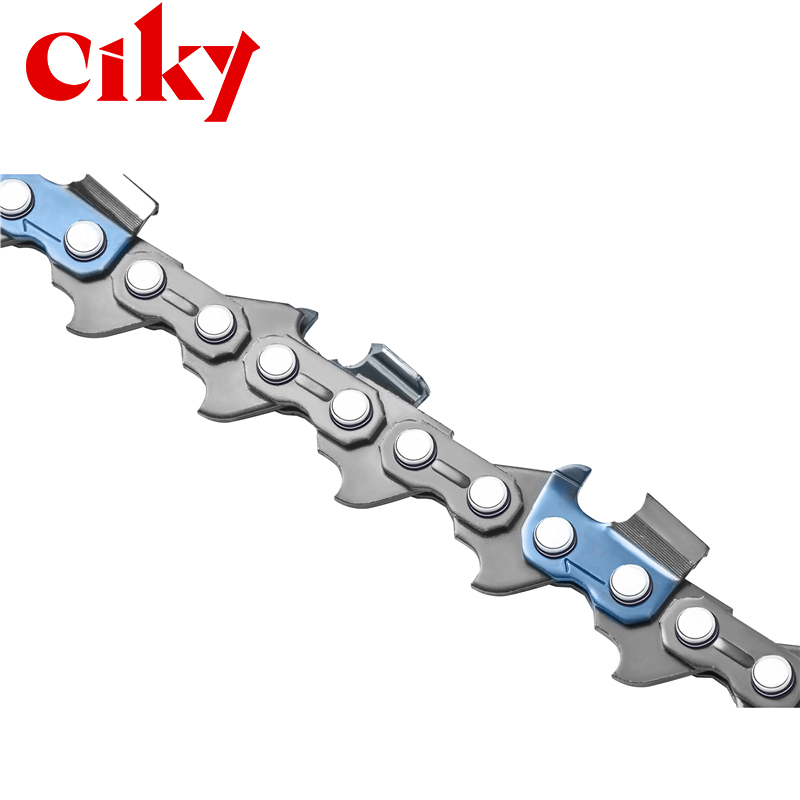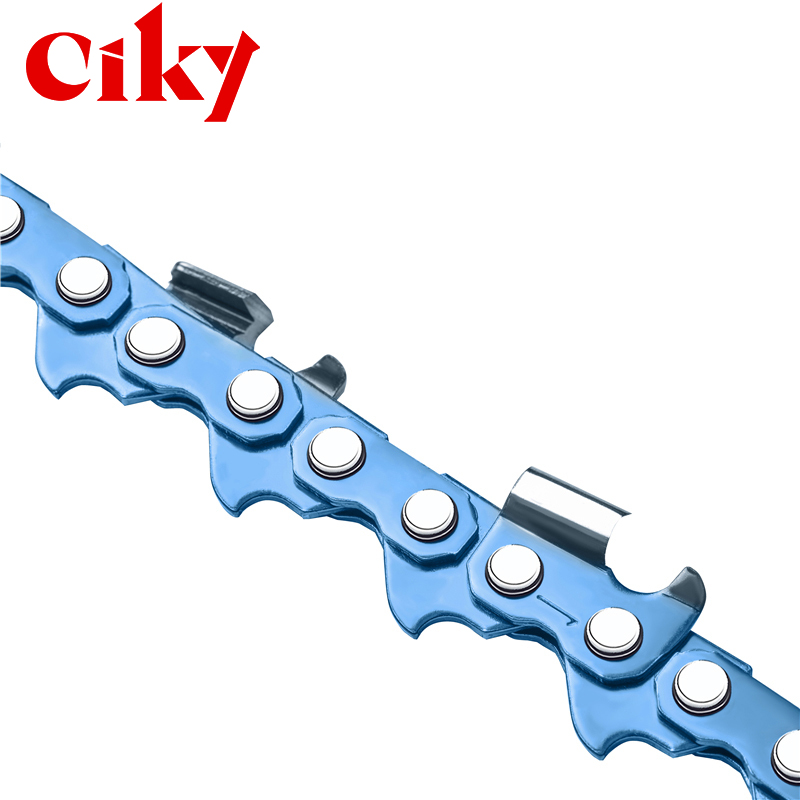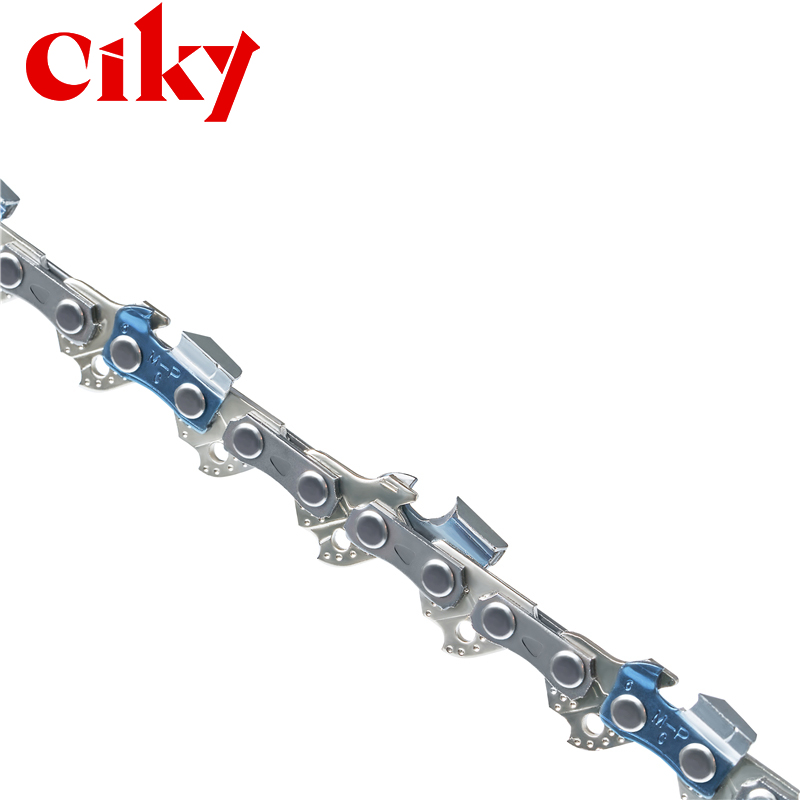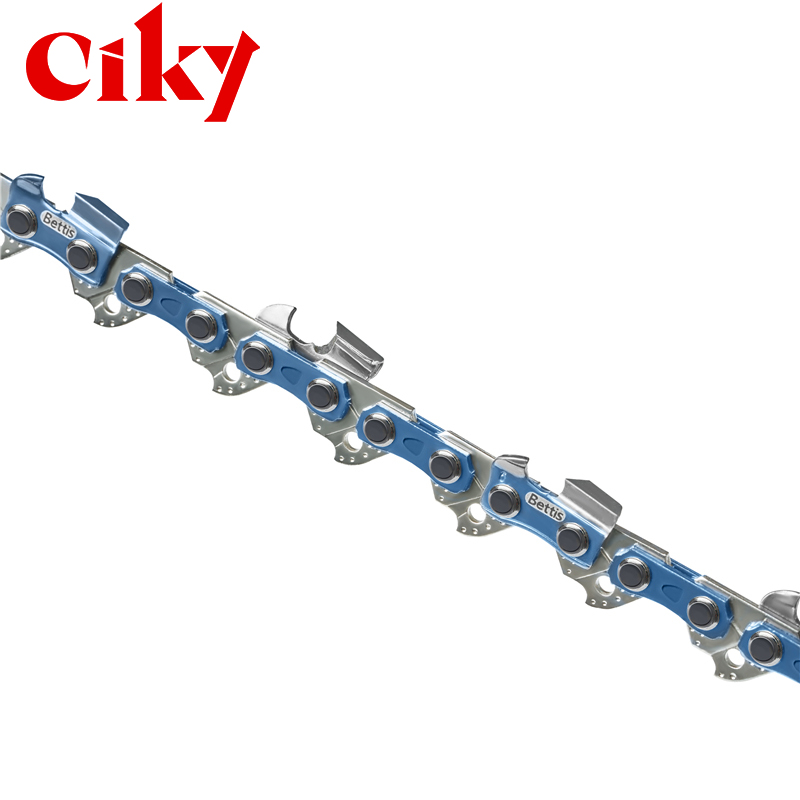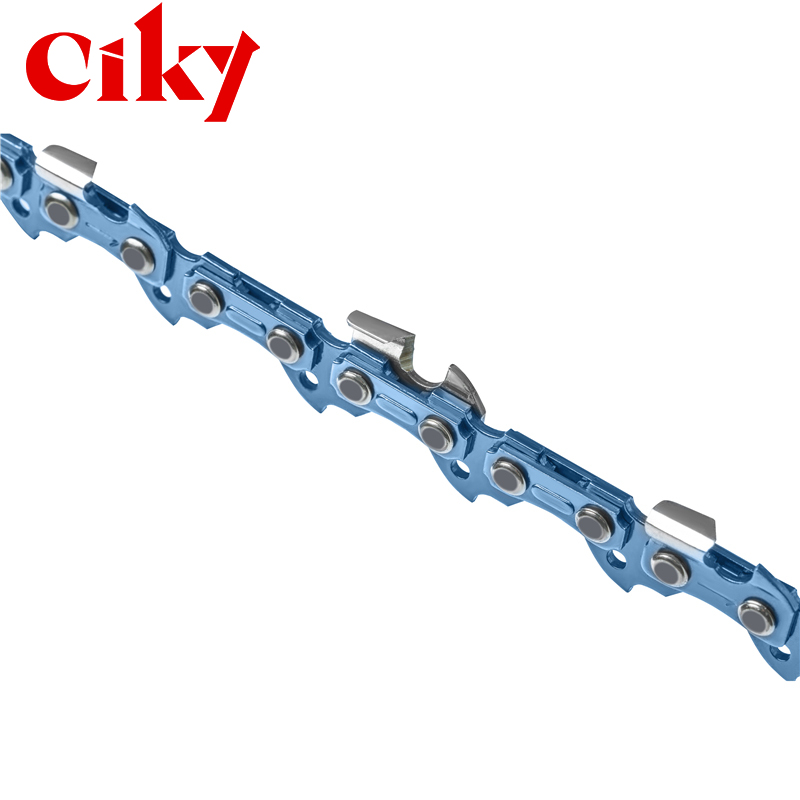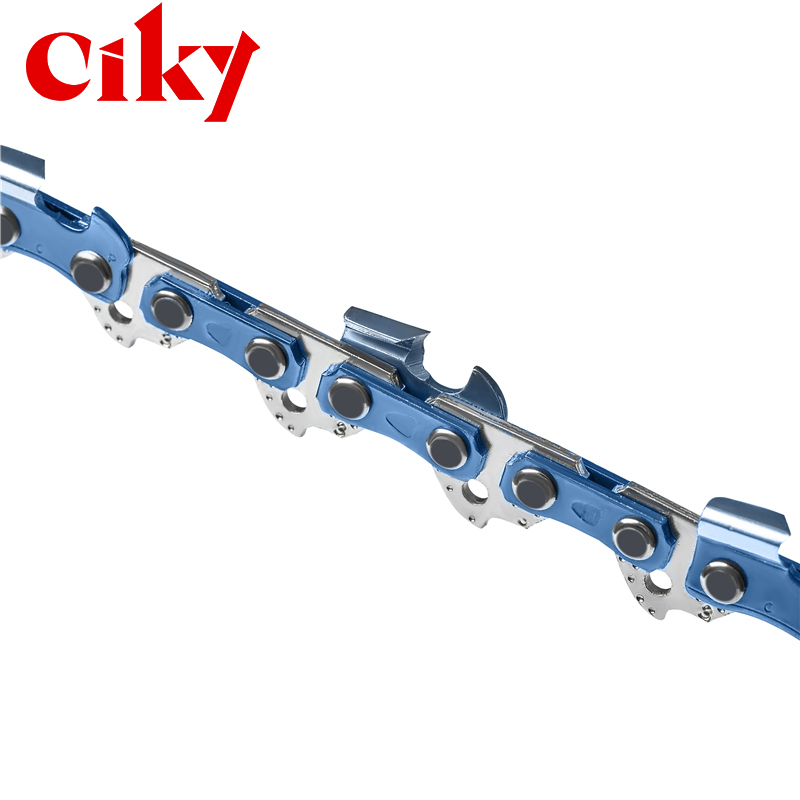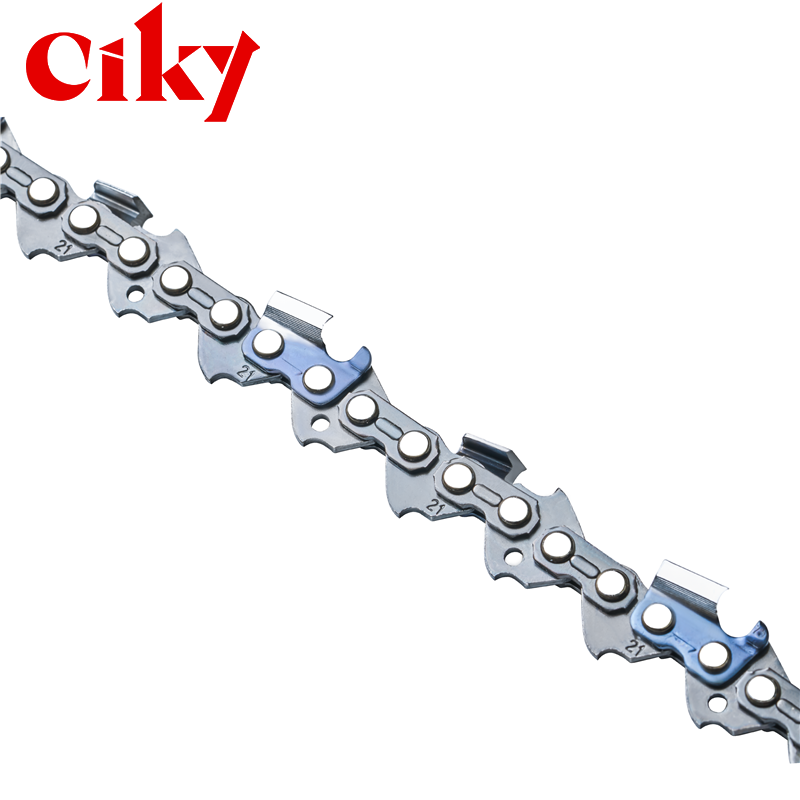Chains for chain saw vs circular saw blade analysis
China chains for chain saw maker producer
In modern industrial and forestry operations, choosing the right sawing tool is crucial to ensure productivity and safety. Chains for chain saws and circular saw blades, as common sawing equipment, each exhibit unique performance advantages and limitations in different application scenarios.
Chains for chain saw are power transmission element designed specifically for chain saws and consists of a series of interconnected metal links, each fitted with cutting teeth. Driven by power, the chains for chain saws move at high speeds along a guide plate, and its teeth come into contact with the wood to make the cut. In contrast, a circular saw blade, typically used in portable chainsaws or stationary circular saws, is a round metal disk with teeth that rotates on its axis to make a cut.
In terms of cutting capacity, chains for chain saw provide a longer sustained cut due to the continuous cutting teeth, making them suitable for handling large pieces of material and thick branches. Circular saw blades, on the other hand, have a relatively limited cutting surface and are more suited to delicate cutting tasks such as accurately breaking material or making small workpieces.
In terms of scope of application, chains for chain saw are suitable for irregularly shaped materials and work in complex environments due to their flexible guiding ability. They are able to make smooth curved cuts, adapting to the natural growth pattern of trees. On the contrary, circular saw blades are better at cutting in straight lines and are easy to use on workbenches or stationary equipment for woodworking workshops and construction sites.
When it comes to portability, chain saws are heavier and bulkier overall, but can be operated by one person in the field. Power tools with circular saw blades are generally lighter in weight and easier to carry and maneuver, especially in workplaces that require frequent movement.
From a safety point of view, chains for chain saw can pose a high safety risk when handled incorrectly, and therefore require more protection when in use. Circular saw blades, on the other hand, offer better safety in use due to their relatively centralized cutting area and fixed guards.
Regarding maintenance and replacement, chains for chain saw are easy to clean and access due to their open structure, but replacement may require specialized tools and skills. Circular saw blades, on the other hand, are easier to replace and repair due to their simple structure, although they may need to be disassembled for cleaning because the teeth are concentrated in the center.
In terms of cost-effectiveness, chains for chain saw may require regular sharpening and replacement, which may involve higher maintenance costs in the long run. And while circular saw blades may have a lower initial purchase cost, frequent blade replacement can be a significant expense.
For environmental impact considerations, chains for chain saw may have some environmental impact due to the availability of oil-based lubricants, while circular saw blades usually do not require additional lubrication and have a lower environmental impact.
To summarize, chains for chain saw and circular saw blades have their own merits, and they have different adaptability according to different working environments, types of materials, and purposes of operation. Choosing the right sawing tool not only increases efficiency, but also ensures safety and reduces long-term costs. Users need to consider their specific needs when choosing a sawing tool in order to maximize the potential of each.
Translated with deepl.com (free version)

 English
English Español
Español